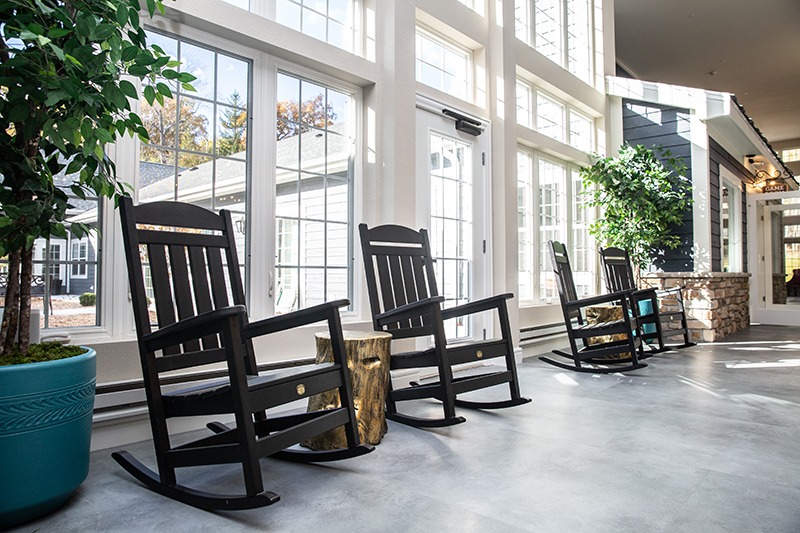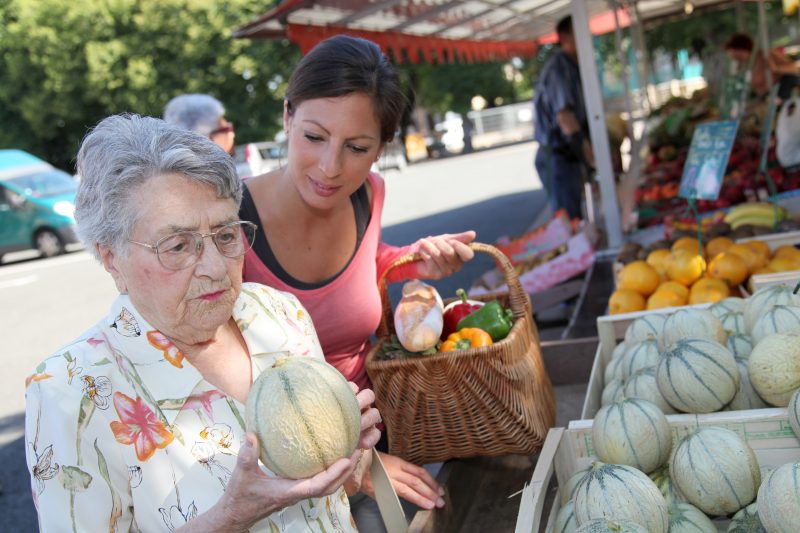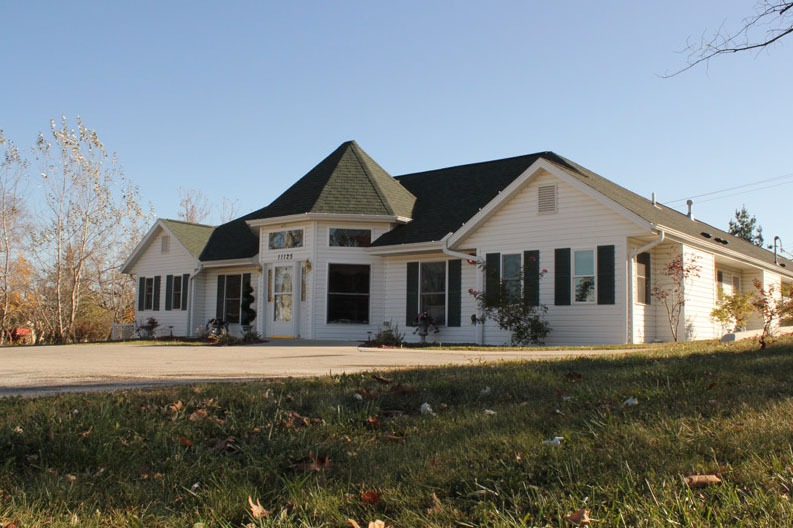Did you make a resolution to be more active in 2017? If you did, you may find yourself struggling to keep up with your goals. Depending on your geographic location, chilly weather and dangerous road conditions might be keeping you indoors, or you might just be feeling less than motivated to get up and be active now that the New Year energy has waned.
In the hopes of increasing your motivation to participate in more senior activities all year round, here is a list of four benefits of staying active in your senior years. You might be surprised to see how a little activity can positively affect many facets of your life and health. Here’s to getting involved with senior activities that you love—and new ones to appreciate—this year.
1. Staying Active Decreases Depression
Participating in your favorite senior activities can have significant benefits for your mental health. Besides the extra release of endorphins (the “feel good” chemical your brain sends out when you are physically active), there has been documented research that shows a correspondence between exercise and decreased depression in seniors. In tandem with medication and psychotherapy, consistent exercise of any type can be an effective part of depression treatment in seniors.
2. Staying Active Decreases Falls
Staying active, whether through neighborhood walks or range-of-motion exercises, can lead to a bevy of physical benefits that can lead to decreased falls. Consistent activity can lead to increased strength in the upper and lower extremities, which can make transfers safer and lessen the risk of a fall. Further, sustained exercise can increase endurance, improve balance, develop flexibility, and increase spatial awareness; each of these can work together to decrease the chance of a fall, even when a small trip may occur. With falls as one of the biggest health risks to seniors, you would be wise to decrease your chances by incorporating exercise into your daily routine.
3. Staying Active Increases Social Networks
Socialization is extremely important at any phase of life but especially with aging adults. A network of supportive and encouraging peers can lead to a higher quality of life for seniors. If you are able to participate in senior activities that are held in small or large group settings, do so! It is easy to make friends when you already have something in common or are going to see each other at weekly yoga classes. Socialization and friendships have been linked to decreased stress in seniors, along with feelings of belonging. Don’t miss a chance to make a new friend; consider participating in group programs.
4. Staying Active Increases Cognitive Health
Finally, adding exercise routines to your daily life that incorporate memorization or crossing the midline can increase your cognitive health and even slow down the progress of dementia. Activities such as dancing, yoga, and tai chi are excellent examples of cognition-boosting senior activities; don’t worry—you can still participate in these programs from a chair if you aren’t able to stand for the class.
Your favorite activities can keep you busy and provide benefits for all aspects of your life. Resist the temptation to settle in for a long winter’s nap; instead, choose to stay active for your health and happiness. And you just might make a new friend or find a new favorite hobby.
This article was written by Francine O’Neill. She has served as a clinical resource for resident care directors, overseeing ongoing quality improvement programs and regulatory compliance. She assists with identifying and implementing programs that enhance care delivery and service to our residents and their families. Francine has more than 20 years of experience in healthcare, serving in both clinical leadership and operations management positions across the continuum of care including assisted living, long term care and acute care. Francine’s favorite traits in others are COMMITTMENT and ACCOUNTABILITY.










